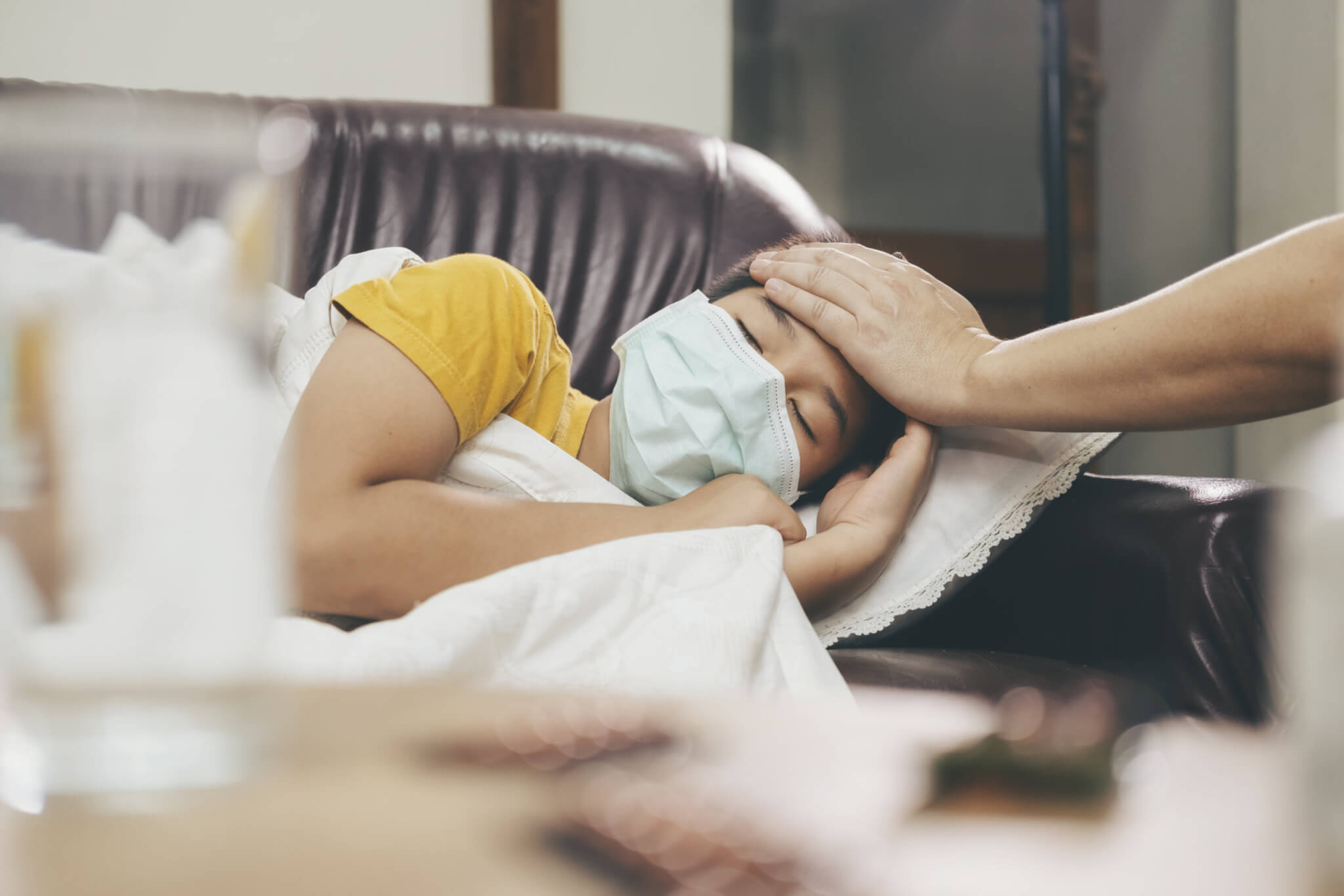BOSTON — Close to four years after the start of the coronavirus pandemic, COVID-19 is still surprising scientists and doctors alike. A team at Massachusetts Eye and Ear Infirmary recently documented the first ever pediatric case of bilateral vocal cord paralysis following a COVID infection.
The report details how the young patient was an otherwise healthy 15-year-old girl who arrived at the emergency department of Massachusetts General Hospital with symptoms of respiratory distress nine days after a positive SARS-CoV-2 diagnosis.
A subsequent examination using an endoscope revealed the condition, which consists of an immobility of both vocal cords residing in the larynx (voice box). After an extensive workup and examination revealed no other possible causes or explanations, physicians concluded that the paralysis was likely a “downstream” effect of COVID-19.
Besides the numerous well-documented neurologic complications due to a COVID-19 infection, this case heavily indicates vocal cord paralysis may be a nervous system-related (neuropathic) complication tied to the SARS-CoV-2 virus.
“Given how common this virus is among children, this newly recognized potential complication should be considered in any child presenting with a breathing, talking or swallowing complaint after a recent COVID-19 diagnosis,” says first author Danielle Reny Larrow, M.D., a resident in the Department of Otolaryngology-Head and Neck Surgery at Mass Eye and Ear, in a media release. “This is especially important as such complaints could be easily attributed to more common diagnoses such as asthma.”

At the hospital, the patient underwent an extensive series of diagnostic tests including blood work, imaging, cerebrospinal fluid analysis, and numerous consultations with various departments — including otolaryngology, neurology, psychiatry, speech language pathology, and neurosurgery.
When even speech therapy failed to help relieve the patient’s symptoms and breathing problems, physicians decided to perform a tracheostomy, which refers to surgically creating an opening in the windpipe. The patient remained tracheostomy-dependent for over 13 months following the surgery. This suggests, researchers believe, that this variety of nerve complication is not temporary.
After submitting this case report, physicians discovered they were able to remove the tracheostomy after 15 months. On a happier note, that was just in time for the patient’s high school graduation and prom.
“She was having her senior prom a year and a quarter to the date of when she lost her function, and she told me she was not going to go to the prom with her tracheostomy in place,” Dr. Hartnick says. “We decided to intervene so that she could graduate high school and go to her prom tracheostomy-free, which she did.”
Post-viral neuropathy is a known cause of vocal cord paralysis, and while there have been numerous reports of paralysis in either one or both vocal cords among adults due to complications from SARS-CoV-2, this is the first ever report of the complication in a teen. This is crucial, study authors explain, because such complications are rarely ever expected in young, healthy individuals. Not to mention the fact there have been over 15 million reported cases of pediatric SARS-CoV-2 infection.
“To have a young, healthy, vibrant high schooler all of a sudden lose one of their important cranial nerves such that they can’t breathe is highly unusual and took some parsing,” concludes senior study author Christopher Hartnick, M.D., director of the Division of Pediatric Otolaryngology and Pediatric Airway, Voice, and Swallowing Center at Mass Eye and Ear.
“The fact that kids can actually have long term neurotrophic effects from COVID-19 is something that it’s important for the broader pediatric community to be aware of in order to be able to treat our kids well.”
The study is published in the journal PEDIATRICS.
You might also be interested in:
- Vegans significantly less likely to contract COVID-19, study says
- Brain changes discovered in patients still dealing with long COVID
- Scientists discover why long COVID makes patients so tired

Was she vaccinated?